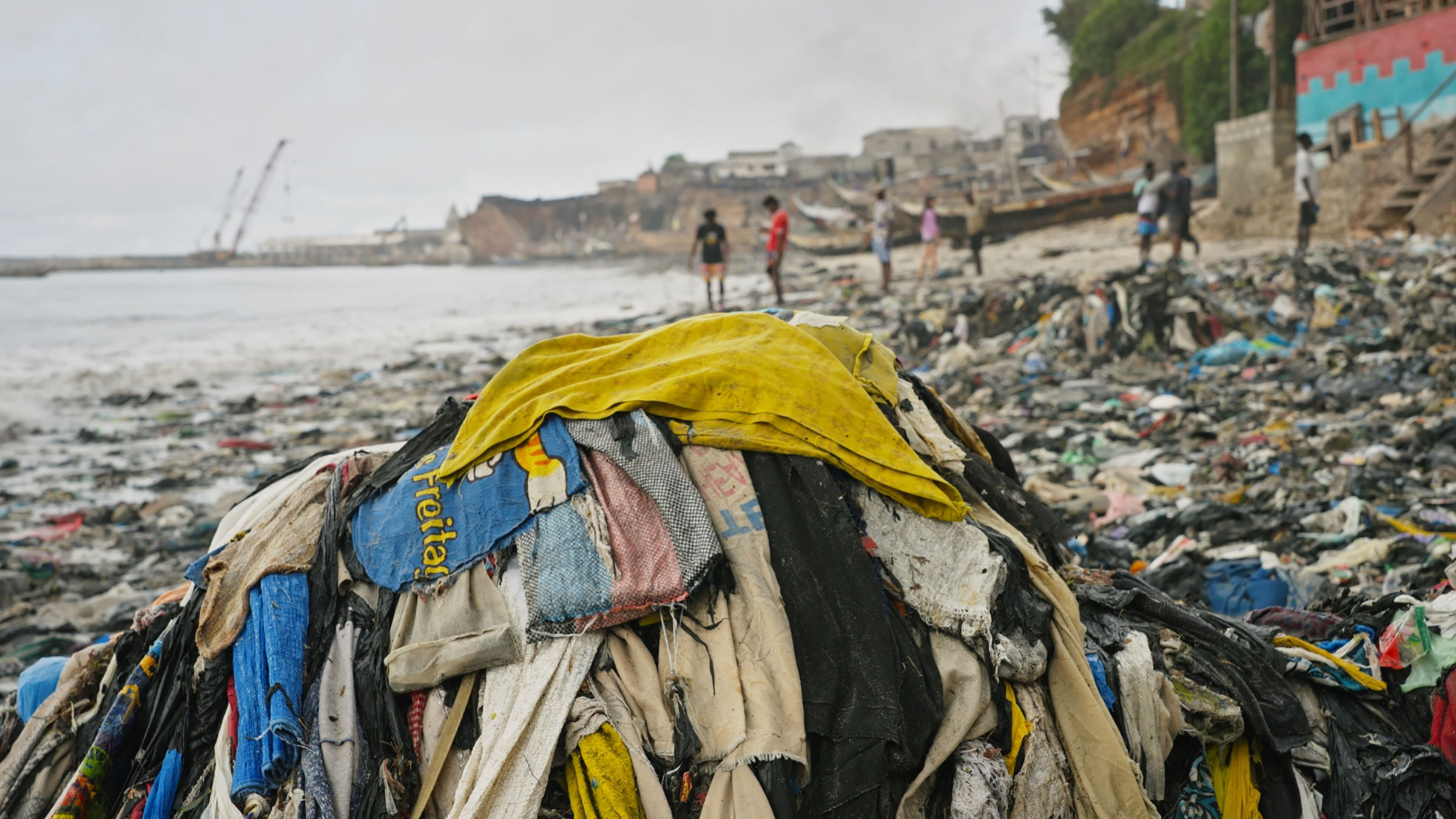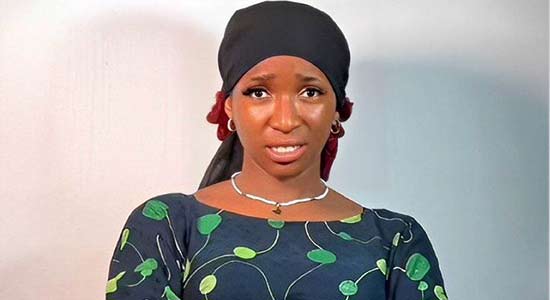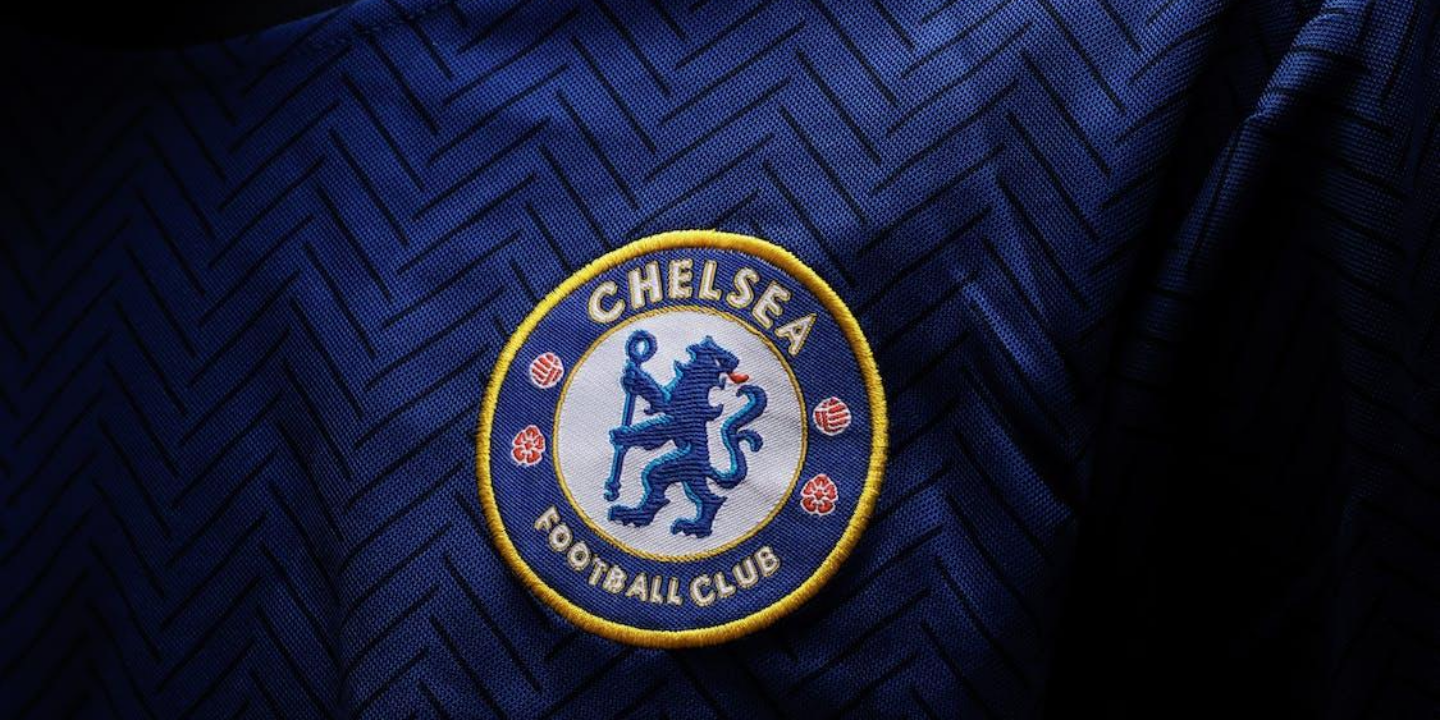What's the true cost of fast fashion? That's the question at the heart of Brandy Hellville & The Cult of Fast Fashion, the shocking HBO documentary released this week on Max that investigates the many controversies surrounding popular fast fashion brand, Brandy Melville. Since the 2010s, the clothing company has developed and maintained a cult following of teenage girls who scooped up its beachy, feminine offerings and marveled at its relatively cheap price points and celebrity fans. The brand's immense popularity, however, has masked a number of troubling issues with Brandy Melville and its CEO, Stephan Marsan, from exclusionary sizing practices (their clothing comes in just one size, about an American XS/S) to reports of racial discrimination and sexual harassment from staffers working in their stores.
Read more: What Needs to Happen to Tackle Fashion’s Climate Impact
In the documentary, director Eva Orner makes the case that Brandy Melville, a brand associated with a very specific type of carefully presented girlhood, has built its success, like many other fast fashion brands, on multiple levels of exploitation—from the teenage girls it courts and employs to the Chinese immigrant staffers sewing its clothes in sweatshops in Prato, Italy. The documentary features interviews from former store employees and two former executives for the brand, as well as insights from journalists like Kate Taylor, whose 2021 investigation for Insider into Brandy Melville found not just rampant discrimination at the company, but blatant racism and sexual assault.
Here's what you need to know about the many controversies covered in Brandy Hellville & The Cult of Fast Fashion.
How Brandy Melville became so popular
 HBO
HBOBrandy Melville was founded in Italy in the '80s by Silvio Marsan and his son, Stephan, now the brand's CEO. While some might assume that its name refers to a person, the store's moniker is actually based on a fictional story created by the company about an American girl, Brandy, who falls in love in Italy with an Englishman, Melville. The brand found immense popularity once it opened its first retail location in the U.S. in 2009, selecting a location perfect for tapping into a younger clientele—the Westwood neighborhood of Los Angeles, close to the UCLA campus, where their flirty, California girl clothing became a hit with American teenagers. In the decade and a half since Brandy Melville started selling in the U.S., the chain has opened 94 locations worldwide, including 36 stores in the U.S.
The brand's popularity with teenage girls was bolstered by its social media presence. As an early adapter of the influencer marketing model, it used the content created by the teenage girls who were posting about the clothing on Tumblr, Instagram and TikTok to grow its consumer base. Brandy Melville often reposted photos of customers wearing its clothes on its own Instagram account, which currently clocks in at over 3 million followers. This, in turn, encouraged young girls to post themselves wearing the clothing and tagging the brand in the hopes their photo might get shared, creating free advertising for the company. Influencers and celebrities like Kaia Gerber were often sent free clothes to wear and post about, inspiring girls to post their own Brandy Melville clothing hauls. But when it came to who they featured on their social accounts, Brandy Melville seemingly had a narrow vision; they often selected girls that fit a certain aesthetic—young, thin and white, often blonde and usually with long hair.
Why Brandy Melville has a 'one size fits most' approach
 HBO
HBOBrandy Melville is notorious for its "one size fits most" approach to sizing. While the retailer once offered more conventional sizing, the majority of their clothing has long been only offered in one relatively small size, about a U.S. extra small or small. According to a former Brandy Melville executive interviewed anonymously in the documentary, this tactic was an explicit part of the company's business model, as a way to keep the brand "exclusive" and associated with a specific (and very thin) physical aesthetic.
Brandy Melville's "one size fits most" sizing policy negatively affected both customers and employees. In the documentary, social media posts show customers lamenting about not fitting into Brandy Melville clothing, as well as plotting how to lose weight in order to fit into the store's small outfits. Former employees who appeared in the documentary said they struggled with eating disorders and having a healthy body image while working at the stores, where they felt pressured to fit into the brand's clothing. Employees were required to send daily full-body pictures of their work outfits to Marsan, who allegedly fired staffers whose looks he didn't like.
Marsan is not interviewed in the documentary, and Brandy Melville did not comment.
Brandy Melville fostered a toxic work environment
In the documentary, former Brandy Melville employees alleged the company used discriminatory practices when it came to hiring and workplace practices. The employees said the company often recruited young, thin, white women, who were sometimes even shopping as customers, to work in their stores. In the New York flagship store, where Marsan had an office overlooking the salesfloor, he had a light installed in the register that he would flash when there was a shopper that he wanted recruited.
Once hired, employees said were required to send full-body shots of their outfits to Marsan, who kept them in a folder on his phone; some alleged that they were asked to send photos of their chest and feet as well.
The company has also faced serious accusations of with racism over the years, resulting in two lawsuits. One was filed by a former executive, who claims that his Brandy Melville store in Toronto was shut down by the company because its clientele was mostly people of color. Across the company, racism was embedded in the store's logistics; according to some former employees, white staffers were tasked with working the sales floor, while non-white employees were assigned to work behind the register or in the stockroom.
Former employees also alleged that special treatment was given to favorite staffers, who often fit the "Brandy" aesthetic, were invited to go on lavish production and development trips to Italy and China. Some were also given access to car services and a New York apartment. In the documentary, Taylor said that while she was researching her 2021 Insider exposé, she found that a 21-year-old staffer who was staying in the apartment reported being sexually assaulted by a middle-aged Italian man who was unexpectedly also staying in the apartment.
What to know about Brandy Melville's controversial CEO, Stephan Marsan
Little is known about Marsan, who keeps a basically nonexistent profile online. According to a former Brandy Melville store owner interviewed in the documentary and in Taylor's 2021 Insider exposé, Marsan and other senior leadership at the company were part of a group chat called "Brandy Melville gags" where racist, homophobic and anti-semitic jokes and memes, as well as sexually explicit photos, were shared. The store owner also claimed Marsan was a vocal Trump supporter who made fun of the young women he employed who were Bernie Sanders supporters. According to the store owner, Marsan's political views were fueled by his hatred of taxes and his self-identification as a libertarian—an ideology he believed in so deeply, that he named a sub-brand of Brandy Melville, John Galt, after the hero of Ayn Rand's Atlas Shrugged, a book he sometimes used in the decor of the stores and gifted to employees.
Marsan's business practices are murky; while the trademark for Brandy Melville is owned by a Swiss company, each Brandy Melville store is owned by a different shell company, making it difficult to understand it's overall finances. Like other fast fashion brands, Brandy Melville has also come under fire for allegedly stealing designs from other clothing brands and independent designers. In the documentary, former staffers shared that sometimes leadership would ask what piece of clothing they were wearing so they could replicate it for Brandy Melville.
How Brandy Melville highlights the problems created by fast fashion
 HBO
HBOThe documentary uses Brandy Melville as an example of the larger issue of fast fashion and its negative impact on the environment and human rights. It points to the brand's rapid production cycle, spurred by quickly shifting trends, as well as its relative cheapness, as factors that may encourage clothing waste, which has become a major issue in the years since fast fashion began dominating the garment industry. The emphasis on cheap and swiftly produced, trend-driven clothing often means sacrificing quality, prompting consumers to discard their clothes quickly. Meanwhile, marketing trends like influencer gifting or shopping hauls, key tenets to Brandy Melville's success, also encourage rapid consumption and disposal.
The documentary makes the case that the exploitation of Brandy Melville's store employees parallels the exploitation of those who produce their clothes; the cheap and fast production of their trendy clothing is made possible by the work of Chinese immigrants at their factory in Prato, Italy, a city known for its textile production for many fashion brands—and cases of sweatshop exploitation in its many factories. Likewise, the documentary also sheds light on the human cost of fast fashion by looking to the landfills in Ghana, where textile waste from the west is polluting its bodies of water, something that's increased rapidly since fast fashion became the dominant clothing model.

.png) 2 weeks ago
2 weeks ago

















 English (US) ·
English (US) ·